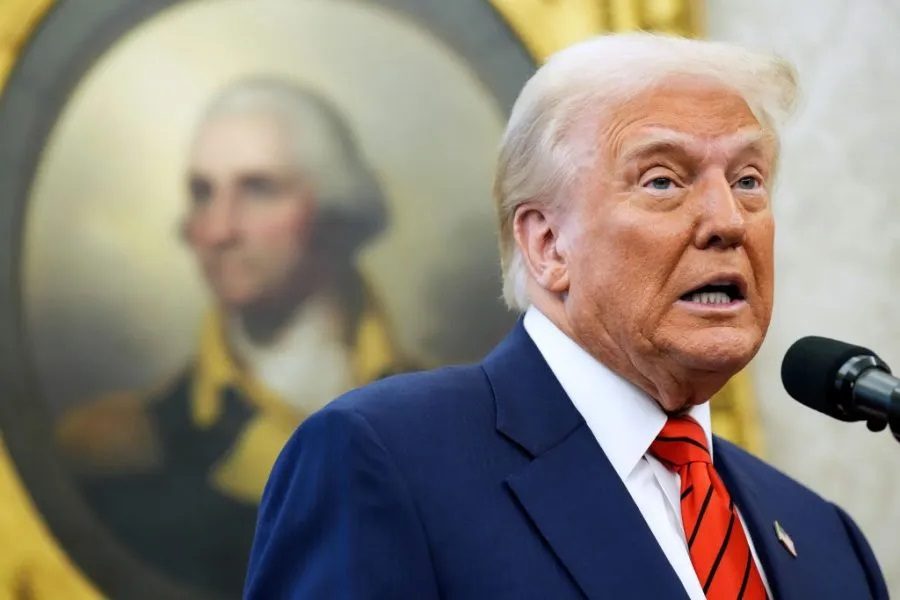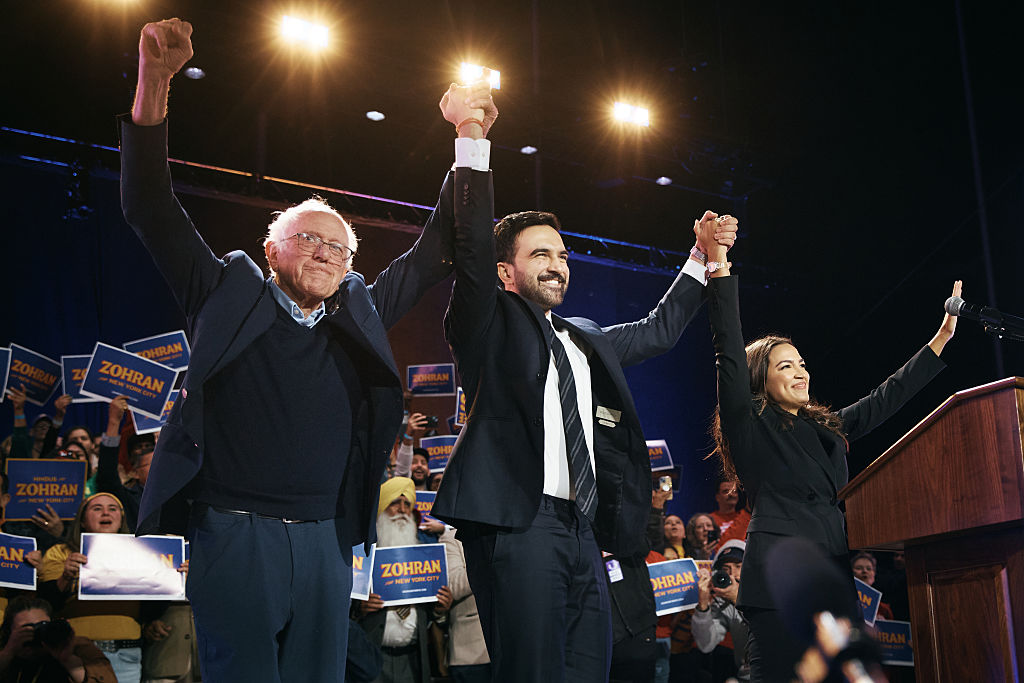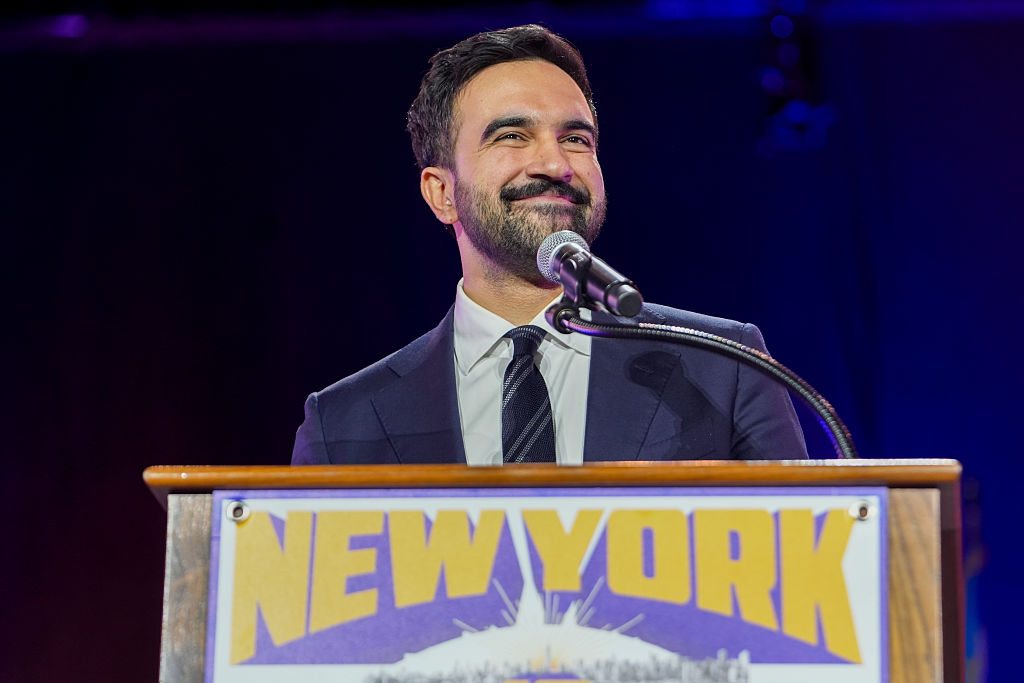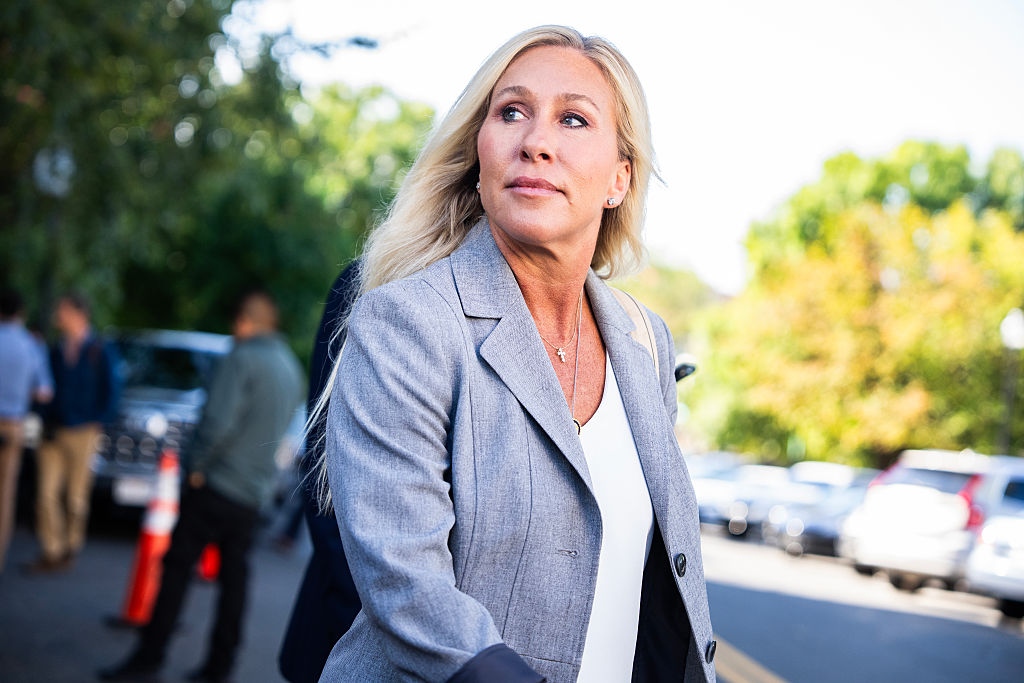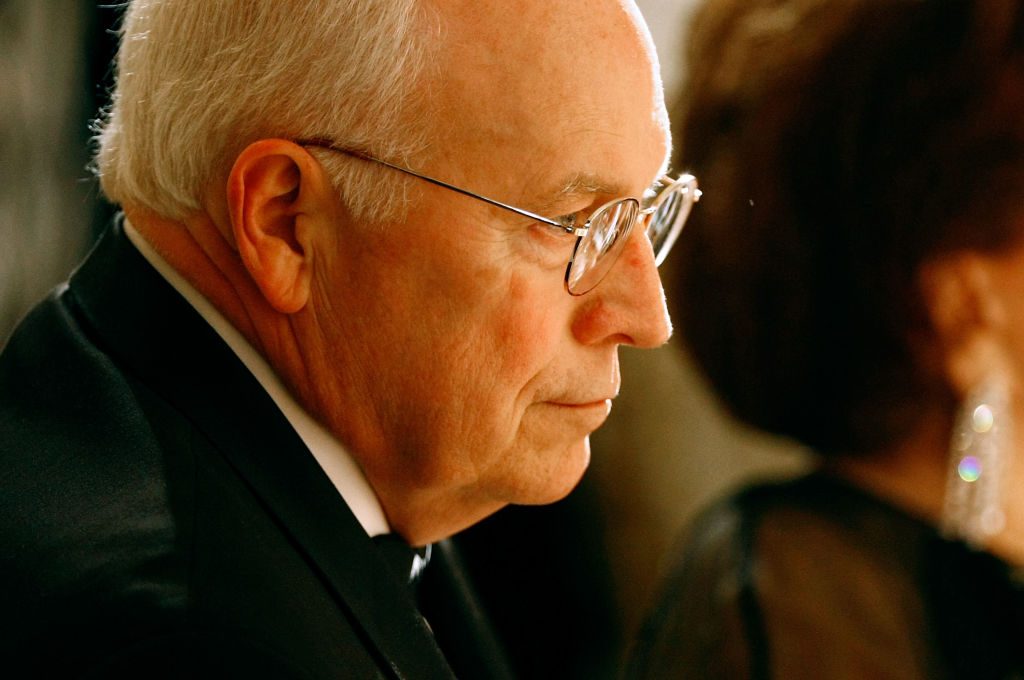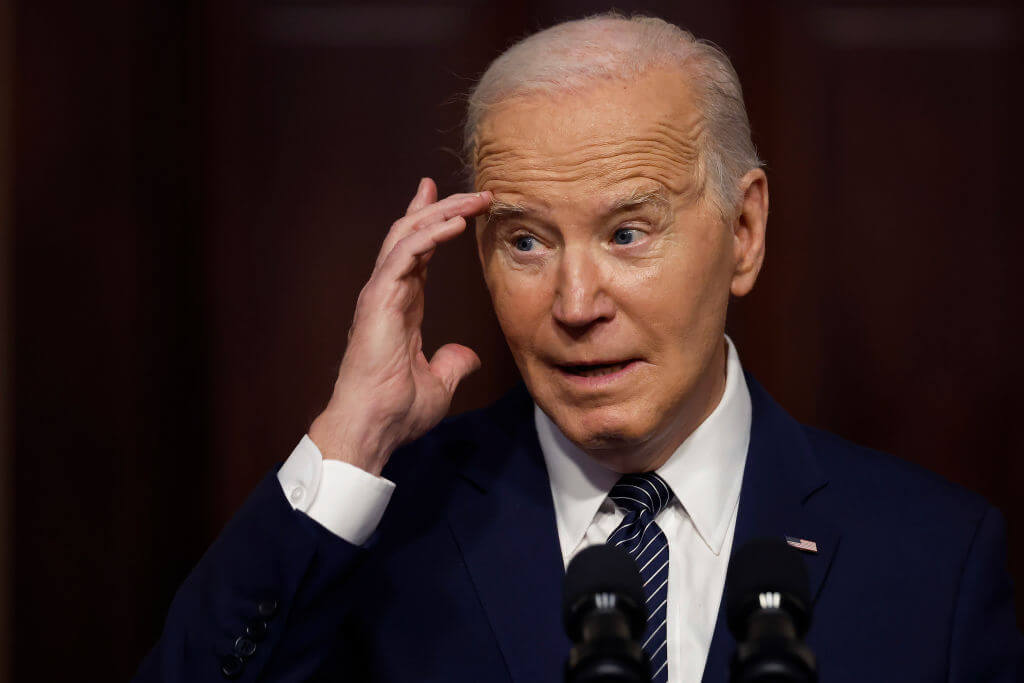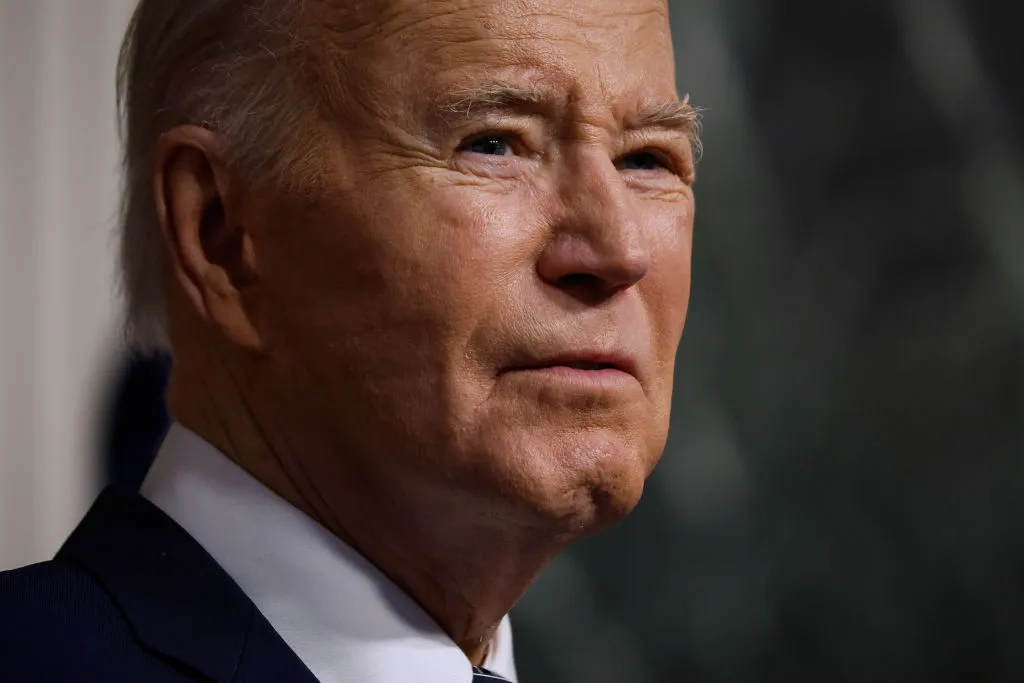Since Donald Trump’s inauguration, Israelis and Americans have been living in two parallel worlds. Israel’s began with the hostage and ceasefire deal in Gaza, which has seen Israeli captives finally released by Hamas after nearly 500 days. Israelis have witnessed the grotesque spectacle that Hamas made of the hostages, forcing them to perform in front of screaming crowds before being bundled into Red Cross vehicles, and then the joy of those same hostages reuniting with their families and beginning to share their stories. All the while, Donald Trump and his special envoy Steve Witkoff have urged Israel and Hamas to keep the ceasefire and continue negotiations to free all the hostages.
What deal can Israel and Hamas possibly agree to now that satisfies Trump’s demands?
Over in the United States, the Trump and Musk Show has taken over: executive agencies shut down by decree, the January 6 rioters pardoned, and their prosecutors and FBI captors suspended or fired. There have been executive orders, court orders, imposed tariffs, cancelled tariffs, and general chaos. One constant in the maelstrom was Trump’s insistence that the Gaza ceasefire deal would continue, as would his pressure on both Israel and Hamas to agree to a new phase that would ultimately see a permanent ceasefire and the release of all the hostages.
But that wasn’t all. About a week ago, Trump started musing that Gaza was so unlivable that perhaps its roughly two million Palestinian residents should leave so that it could be rebuilt. He insisted that Egypt and Jordan would have no problem with temporarily taking them in. King Abdullah of Jordan and the Egyptian President Abdel Fattah El-Sisi were united in their refusal to take in any Gazans, let alone all of them.
Yesterday, as Israeli prime minister Benjamin Netanyahu visited the White House, Trump laid out more of his vision. Gazans should leave — not temporarily but forever — and live in new beautiful cities that someone will build for them. Gaza, emptied of Palestinians, should be rebuilt, but not as a Jewish settlement like some Israeli ministers hope. No, rebuilt Gaza would be a territory of the United States, a new “Riviera of the Middle East” with valuable beachside properties to sell. Netanyahu, sat alongside Trump, seemed a little shocked at the extent of this proposal, praising the plan in broad terms as something that could “change history” without committing to any of the details.
Back in Israel, far-right politicians rejoiced. Itamar Ben Gvir, who recently resigned from the Netanyahu government in protest at the ceasefire deal, tweeted, “Donald, this looks like the beginning of a beautiful friendship.” Some center-right ministers, like foreign minister Gidon Saar, described the plan as “thinking outside of the box” and broadly praised it without explicitly endorsing it. But no mainstream political leader in Israel has been willing to strongly oppose it.
The Arab states, Europe, Russia, China and basically the rest of the world took a different view. Some (fairly) claimed that the plan amounts to the ethnic cleansing of the Palestinian population of Gaza and the seizure of their land.
All that said, nobody is taking Trump literally. We all know US troops aren’t about to forcefully displace two million unwilling Palestinians into countries that don’t want to take them, all the while fighting Hamas on the ground. Congress is not about to appropriate the billions of dollars needed to clear and rebuild Gaza. The Riviera of the Middle East is just a mirage. But mirages can still lead people astray.
Negotiations for phase two of the Gaza ceasefire are just starting. This phase, if carried out, would see the release of all living Israeli hostages and the withdrawal of Israeli troops from Gaza with a view to reconstructing the territory.
Phase two was always going to be a tough deal to agree to. Israel’s basic starting point is that Hamas cannot remain the government of Gaza after the war. It needs to agree to hand over control of the strip to some other government. Israeli sources have more recently emphasized that this, alone, isn’t enough if Hamas remains the heavily-armed shadow ruler of Gaza, like Hezbollah in Lebanon. Israel also wants Hamas to disarm and for its leaders to go into exile.
How, though, can those negotiations continue when one of the mediators, the US, now wants to conquer Gaza for itself and exile all its residents? What deal can Israel and Hamas possibly agree to now that satisfies Trump’s demands? Certainly, this may harden Israel’s negotiating position, while Hamas now has no incentive at all to agree to a ceasefire deal that, whatever its terms, will end in the complete destruction of Palestinian Gaza.
And yet the negotiations are ongoing. Some have even speculated that they might make a deal easier; perhaps the Israeli right will listen to Trump’s desire for a phase two deal and make “compromises” they assume won’t matter, while Hamas will gamble that Trump is bluffing.
Or perhaps it’s a whole other game. Five years ago, Donald Trump proposed the “Trump peace plan” that envisioned Israel annexing large parts of the West Bank. In the face of Arab uproar, that plan was abandoned and traded, instead, for a peace deal with the United Arab Emirates which became the Abraham Accords. This time, the prize may be normalization with Saudi Arabia in return for burying the Gaza Riviera plan.
It’s only a few weeks into the second Trump administration, but the proposal to expel every Gazan and seize their land to build a resort exemplifies Trumpism: bizarre, morally repugnant and probably unrealistic. But the mirage that is the Riviera of the Middle East will have an impact on the region and the world nevertheless.



